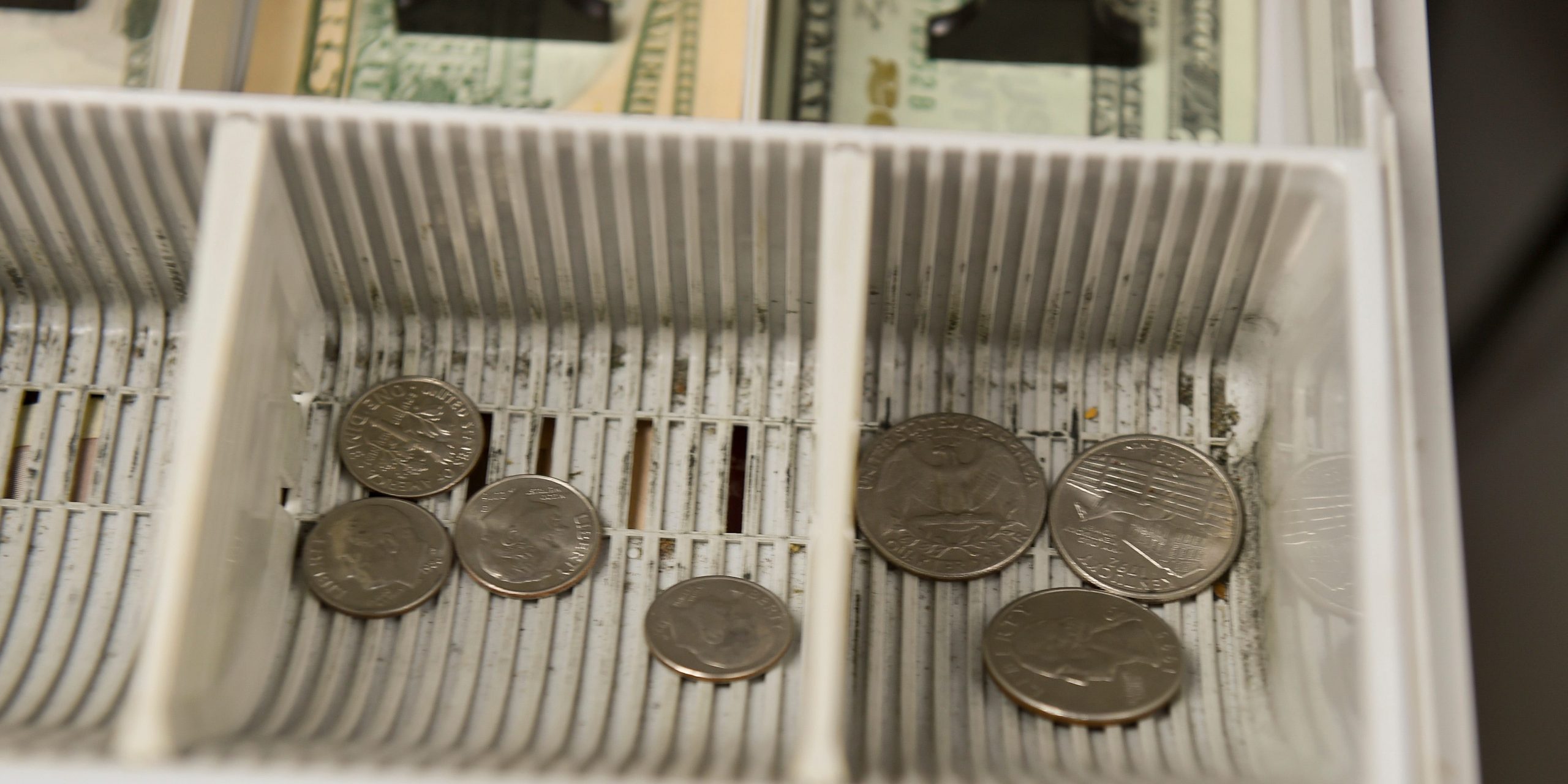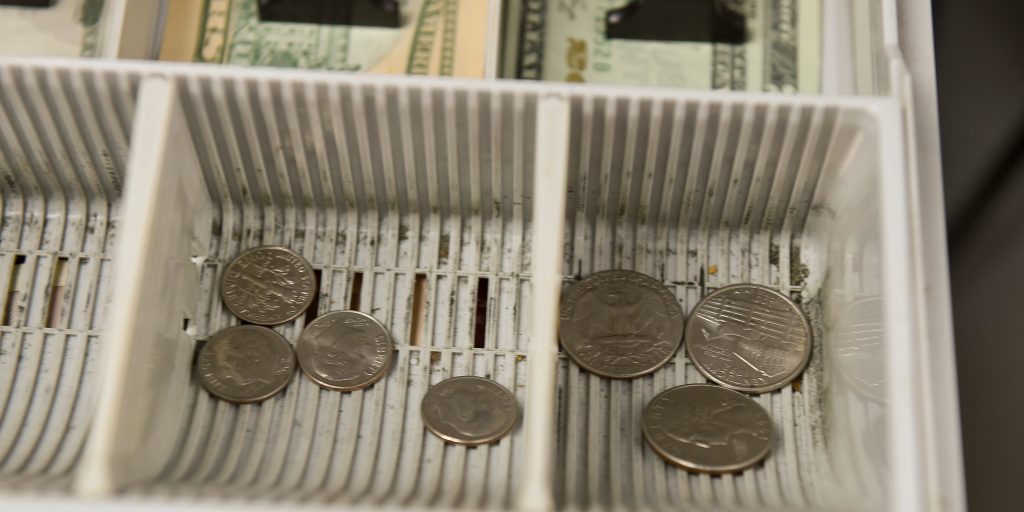
Ben Hasty/Getty
- The coronavirus pandemic has disrupted the availability of quarters, nickels, dimes, and pennies.
- Unlike supply issues that have affected computer chips and lumber, there's no actual shortage of coins.
- Roughly $48.5 billion of coins are in circulation, but much of that is "sitting dormant," the Fed says.
- See more stories on Insider's business page.
If you've gone to the bank or grocery store recently, you may have noticed an availability problem that originally reared its head at the height of the pandemic last year: there aren't any coins.
Meanwhile, manufacturers can't get enough semiconductor chips because there aren't enough being made. Home prices are at record highs because there aren't enough houses. Used-car prices are soaring because there's no such thing as a used car factory.
So when is a shortage not really a shortage?
Last month, the US Federal Reserve acknowledged that businesses and banks in various parts of the country were once again having a hard time getting their hands on enough quarters, nickels, dimes, and pennies.
But this time is different.
"Since mid-June of 2020, the U.S. Mint has been operating at full production capacity," the bank said. Last year the Mint produced 14.8 billion coins, up 24% from the year before.
It's not a shortage, per se, but that doesn't explain why you can't get a roll of quarters to do your laundry.
To find out, the Fed and other partners did what they do best: convened a task force.
The US Coin Task Force discovered that of the roughly $48.5 billion of metal currency in circulation, much is "sitting dormant" in the pockets, jars, and couch cushions of America's 128 million households.
In other words, there are more than enough coins in existence, they just aren't flowing smoothly thought the economy. Money, as you may recall, serves three key functions: a unit of account, a store of value, and a medium of exchange.
"The weak circulation affects most everyone, but the hardest hit are small cash-dependent businesses and those who are least well off," task force member Hannah vL. Walker said in a statement. "For millions of Americans, cash is the only form of payment."
Right now, the dormant coins are performing the first two roles just fine and failing at the third. The problem for the Mint is that it can't arbitrarily make more coins available without causing a lot of other problems in the US monetary system.
The tack force recommends an even simpler solution: break open that piggy bank.
"If just a fraction of the coin sitting dormant in households and businesses is redeemed and reused, this problem can be greatly reduced," the task force said.
By spending, depositing, or converting unneeded coins, the Mint said consumers can help close the circulation loop that has been disrupted over the past year and get a small but important part of the market moving again.

